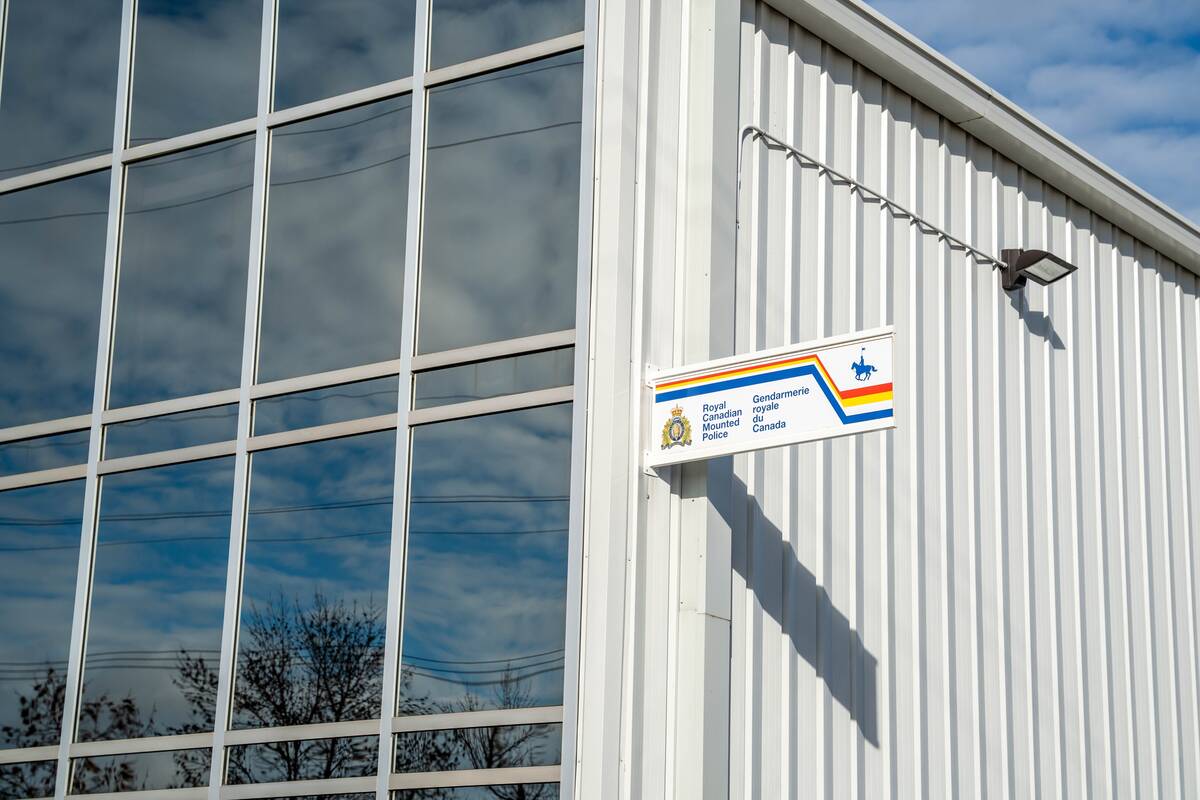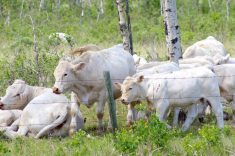I’ve always enjoyed living on the farm.
The farm isn’t too far from town and it’s always been safe and quiet.
That hasn’t been every farm family’s experience on the Prairies. My family has been lucky, compared to some other rural areas across the country and even other farms in the area. Farms on the other side of town have had equipment, tools, or trucks stolen from yards and fields.
Rural crime is a talking point in the coffee shops, online amongst farmers and on the active file list for a list of agriculture organizations in Western Canada.
Read Also

Niverville welcomes new RCMP detachment
A new police detachment in Niverville will have four police officers on staff, expanding local police service in the rural Manitoba area
One Statistics Canada snapshot, which was released this April and looked at data from police-reported crime in 2023, stated that reported incidents in rural Canada were 34 per cent higher than in urban areas. It’s a continuation of a decade-long trend, the agency noted.
There were some caveats, the biggest being the divide between northern Canada and southern Canada. Most of rural Canada’s crime disparity can be attributed to that north-south divide, Statistics Canada noted. Rural crime in northern areas was three times higher than rural crime in the south.
But there have been plenty of stories and news reports from local farmers as well. They’ve heard about it from their neighbours or in industry group meetings, been victims themselves or seen yard camera footage circulated online of thefts in progress, with thieves sometimes armed and dangerously close to the farm’s residents.
Glacier FarmMedia’s publications have reported on rural crime before, and it can be seen in other news organizations as well. Interviewed farmers talk about their fear, a feeling of powerlessness and a lack of resources available to fight the issue.
In mid-June, Global News reported that a man near Barrhead, Alta., had suffered a broken leg after he says he interrupted a farm theft in progress. Mike Stuber said he went over to check out suspicious activity on a neighbour’s yard in the morning, only to be shot at and run over.
In April, cameras from a farm in the RM of North Norfolk in Manitoba captured footage of a group of masked and armed individuals breaking into a shop, at one point appearing to point a gun at the house visible in the background.
RCMP later said there had been a string of thefts in the area.
Struber was quoted saying there was a lack of fear amongst the criminals he interrupted. When I spoke with Jill Verwey, Keystone Agricultural Producers (KAP) board president, she said she’s heard the same thing in Manitoba.
Despite municipal, provincial, and federal initiatives, there isn’t a sufficient mode of action yet to make rural citizens feel protected and reduce the rural crime rate. Recent stats haven’t significantly budged from the numbers five and seven years ago, showing that effective change is yet to occur.
After so many years of recognizing the issue, why is a successive addressing of the problem so far out of reach?
Farmers and organizations like KAP have been raising concern and asking for new methods to combat rural crime, suggesting bail reform, increased policing resources, and better response times. There is only so much an individual rural citizen can do to protect their assets.
I hope smart change happens soon. Citizens have a right to feel safe in their home and farm yard, whether they’re five minutes, 50 minutes, or more from the closest police detachment.
















